
Viewpoint: European Al scrap availability in question
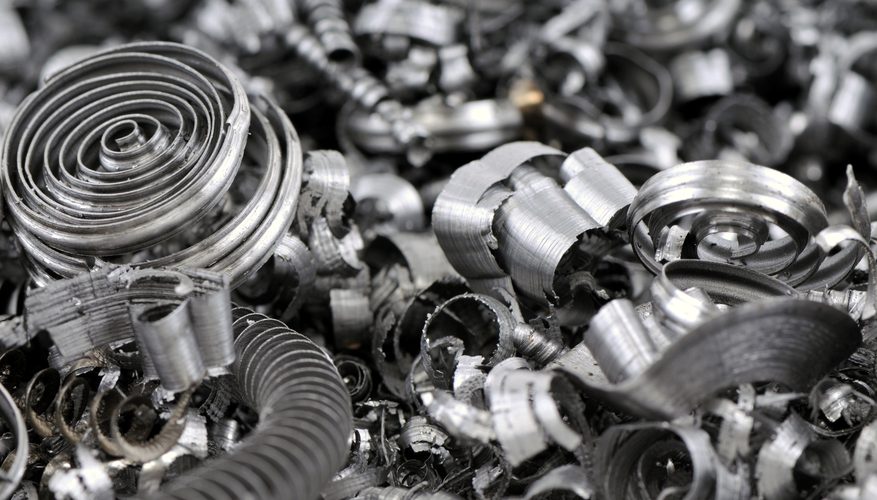
The casting alloys market has experienced a major change in the fourth quarter of 2019, as China's decision to move forward with the licensed quota system from 1 July slashed the amount of scrap being imported into China, starving its domestic casting alloys industry of feedstock.
Since the further import restriction of aluminium scrap in 1 July, the scrap metal that was making its way to China suddenly needed a new home, and Europe was it in many cases. Scrap supply spiked on all the new units coming into the market, and prices fell sharply since July.
The Argus assessment for taint/tabor 2pc delivered to European smelters reached a 2019 low of €700-750/t on 11 October, down from €910-970/t on 5 July. Tense 2pc delivered to European smelters fell to €730-800/t from €930-980/t over the same period.
Ultimately, China plans to implement a policy in which high-purity scrap metal will be re-categorised as raw material, allowing for unlimited imports of scrap metal that meet the stringent new specifications regarding size and impurity content. But that policy is now not expected to go into effect until the second quarter of 2020 at the earliest, after China delayed the rollout of its scrap metal reclassification policy until March next year.
Scrap prices started to recover in mid-November after China began buying European casting alloy units to replace the domestically produced units that it could no longer manufacture because of the scrap shortage. But no alloy producers in Europe reported difficulties sourcing scrap at that time, saying instead that the market remained very well supplied by material that would have previously been sold to China.
But in the second half of December, European alloy producers have reported some tightness in the scrap market, as other regions look to take advantage of China's thirst for casting alloys and make competing bids for the feedstock.
"Suddenly, there's not much scrap available now, and you see a lot of trading firms selling into Malaysia or Vietnam, where they will produce ingot to sell into China," one European alloy producer said.
Taint/tabor was last assessed at €820-870/t on 20 December, with tense scrap also standing at €820-870/t.
Should that tightness continue, scrap prices will no doubt rise further in 2020. Alloy producers will hope that the Chinese demand continues to push prices higher, but should they plateau in the first quarter of 2020, prices could rise further on their own fundamental tightness and pressure alloy producers' margins.
"Scrap demand is rising — we have no difficulty selling what we have," a scrap merchant said. "Chinese demand for alloys is more stable now, and European smelters are still looking for more raw material."
By Jethro Wookey


Codelco seeks restart at Chilean copper mine after collapse

Hudbay snags $600M investment for Arizona copper project

Uzbek gold miner said to eye $20 billion value in dual listing
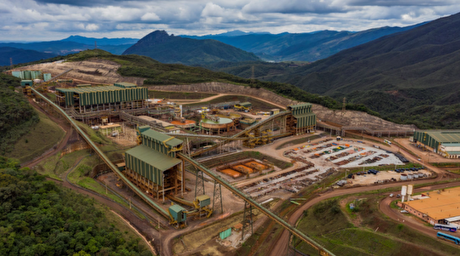
BHP, Vale offer $1.4 billion settlement in UK lawsuit over Brazil dam disaster, FT reports

Peabody–Anglo $3.8B coal deal on the brink after mine fire

A global market based on gold bars shudders on tariff threat
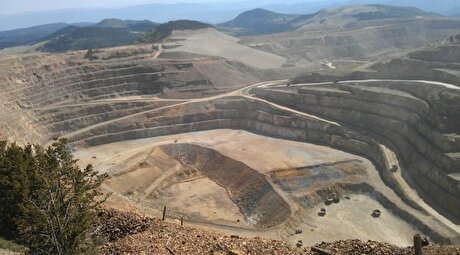
SSR Mining soars on Q2 earnings beat
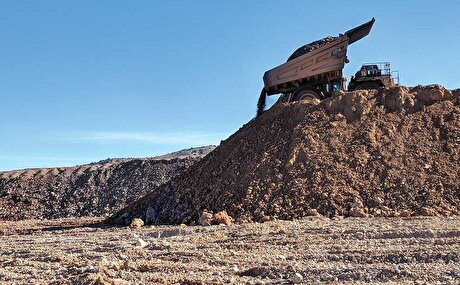
Minera Alamos buys Equinox’s Nevada assets for $115M

Century Aluminum to invest $50M in Mt. Holly smelter restart in South Carolina

Samarco gets court approval to exit bankruptcy proceedings
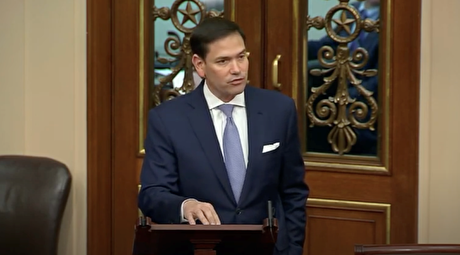
US eyes minerals cooperation in province home to Reko Diq
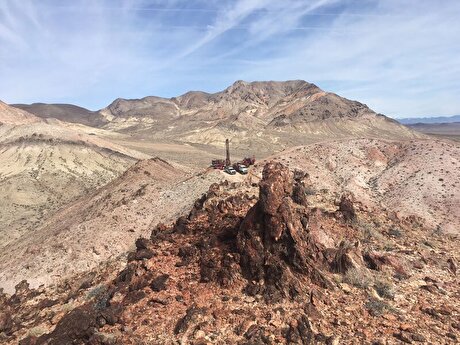
Allegiant Gold soars on 50% financing upsize
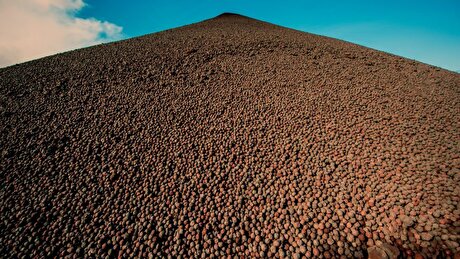
Explaining the iron ore grade shift

Metal markets hold steady as Trump-Putin meeting begins

Trump to offer Russia access to minerals for peace in Ukraine

Gemfields sells Fabergé luxury brand for $50 million

Gold price stays flat following July inflation data
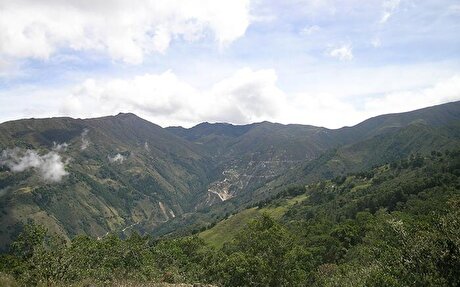
Eco Oro seeks annulment of tribunal damage ruling
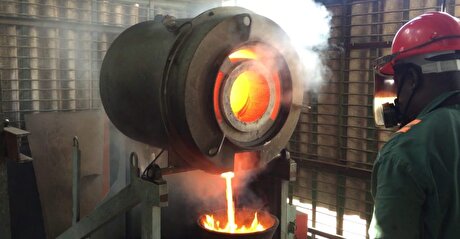
Zimbabwe labs overwhelmed as gold rally spurs exploration, miner says

Samarco gets court approval to exit bankruptcy proceedings

US eyes minerals cooperation in province home to Reko Diq

Allegiant Gold soars on 50% financing upsize

Explaining the iron ore grade shift

Metal markets hold steady as Trump-Putin meeting begins

Trump to offer Russia access to minerals for peace in Ukraine

Gemfields sells Fabergé luxury brand for $50 million

Gold price stays flat following July inflation data

Eco Oro seeks annulment of tribunal damage ruling














